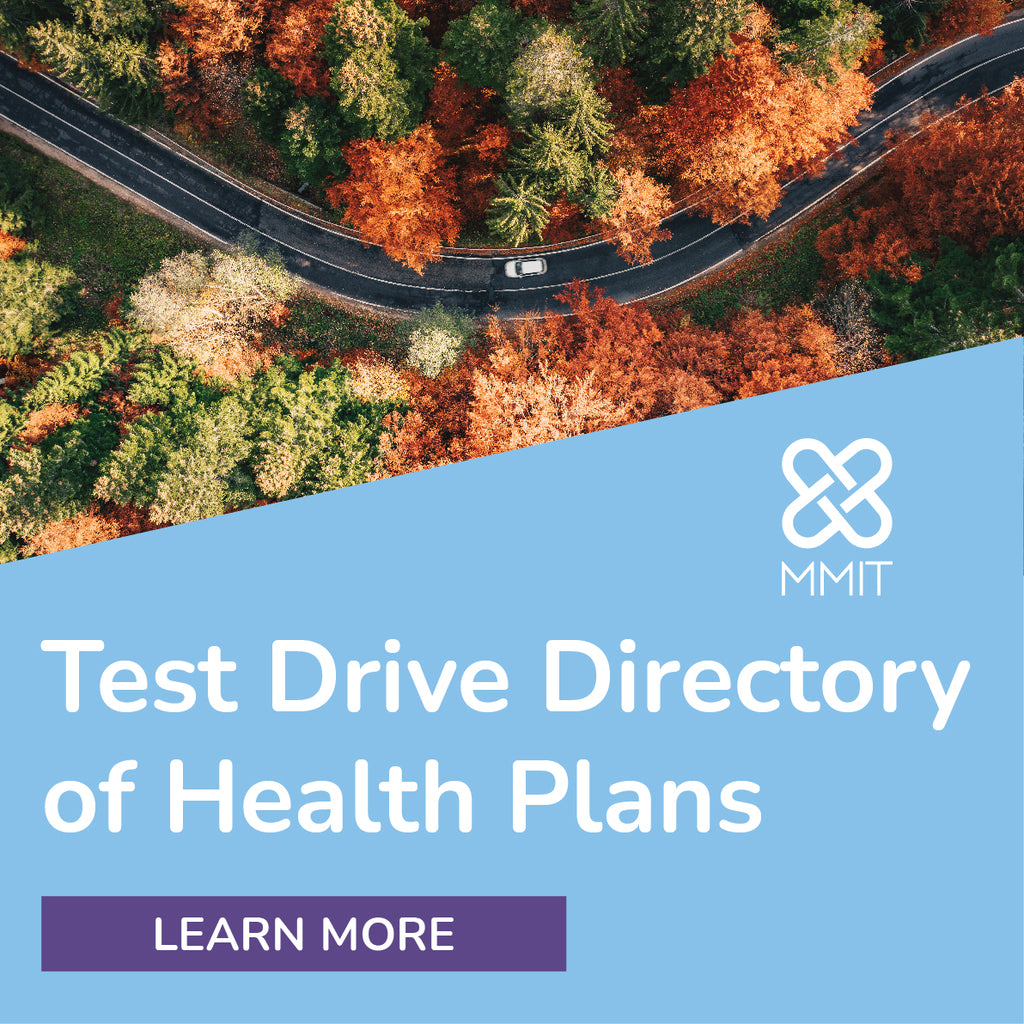Radar on Drug Benefits
-
Even as PBMs Face Reckoning, Formulary Exclusions Rise Again in 2023
In 2023, the country’s three largest PBMs are each excluding around 600 drugs from their standard formularies, according to a recent analysis from the Drug Channels Institute. That’s a greater number than ever before, as drug exclusion lists have risen every year for roughly the last decade. To one industry observer, that trend demonstrates the sticking power of the reigning PBM business model.
“The exclusion lists really reflect just the ongoing interest that PBMs have in increasing their bargaining power to leverage rebates,” says Ryan Urgo, a managing director at Avalere Health. It shows, ultimately, that “the rebate model remains alive and well,” he adds, referring to PBMs’ ability to negotiate deep discounts on branded drugs in exchange for favorable formulary placement, even if those drugs may have a higher list price.

-
The Big Three PBMs’ Formulary Exclusions Continue to Grow in 2023
Cigna Corp.-owned Express Scripts removed 43 medications from its 2023 National Preferred Formulary, while the other two major PBMs — CVS Health Corp.’s Caremark and UnitedHealth Group’s Optum Rx — cut 23 and 19 drugs from their formularies in 2023, respectively. Since 2014, the three PBMs have dramatically increased the number of excluded drugs, but the growth rate of exclusions has slowed for the second year in a row.
-
News Briefs: Biden Calls for Insulin Price Caps
During his annual State of the Union address on Feb. 7, President Joe Biden asked Congress to cap f insulin cost sharing at $35 for commercial-plan patients, among other health care items. The Inflation Reduction Act (IRA) caps out-of-pocket insulin costs for Medicare beneficiaries at $35. Earlier versions of the legislation included a commercial insurance insulin cost cap, but the provision was ultimately removed. The president also called on Congress to authorize new funding for COVID-19 vaccines and treatments, which is set to expire later this year. Both asks seem unlikely to pass with austerity-minded Republicans in control of the House of Representatives.
Sen. Ron Wyden (D-Ore.) said that he will do whatever he can to prevent the pharmaceutical lobby from watering down the IRA’s Medicare drug price negotiation provisions. Wyden, a drug price hawk and a key player in writing the IRA, said: “Anybody wants to water down the consumer protection provisions that we won after this titanic battle is going to have to run over me” during an event hosted by the group Protect Our Care on Feb. 6. He added that Senate Democrats are not interested in revisiting key provisions, including the difference in patent exclusivity between small molecule drugs and biologics. Small molecule drugs have nine years of exclusivity under the IRA, while biologics enjoy 13 years of patent protections.

-
Insulin-Pricing Lawsuit Adds to Growing Pressure on PBMs
The state of California filed a lawsuit this month against three major PBMs and three pharmaceutical companies, accusing them of inflating the cost of insulin and violating the state’s Unfair Competition Law.
Other states have had similar legislation pertaining to insulin costs, and the Federal Trade Commission (FTC) announced in June that it was examining the business practices of the six largest PBMs in the U.S., including the use of rebates for insulin medications. Still, David Kaufman, an attorney with Laurus Law Group LLC, tells AIS Health that the case in California could be significant and add to the growing pressure to make the PBM industry more transparent.

-
New Law Could Make Accelerated Approval Stricter, If FDA Enforces It
The FDA’s accelerated approval pathway will see major changes following December’s passage of the Consolidated Appropriations Act, 2023 (2023 CAA), the latest version of the annual legislation that funds the federal government. Experts say that the changes should force drugmakers to be more diligent about proving the clinical value of their early-stage pharmaceuticals — as long as the FDA uses its enforcement powers.
Stakeholders across the health care system have criticized the FDA’s approach to accelerated approval in recent years. The agency’s critics say that it has taken a lax approach, granting accelerated approval to drugs of dubious clinical value, which ultimately costs the health care system billions. In particular, the FDA’s move to grant accelerated approval to Biogen Inc.’s Alzheimer’s drug Aduhelm (aducanumab) faced criticism from researchers, medical practitioners, health systems and insurers. In addition, a recent congressional report documented ethical lapses by agency employees during the accelerated approval process for Aduhelm, and the HHS Office of Inspector General is currently investigating the agency’s decision.












